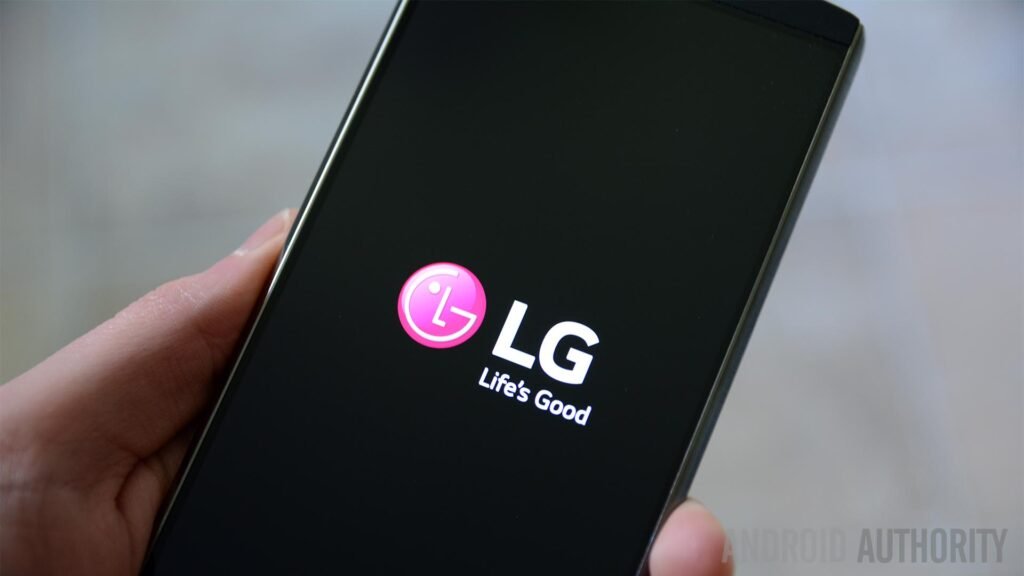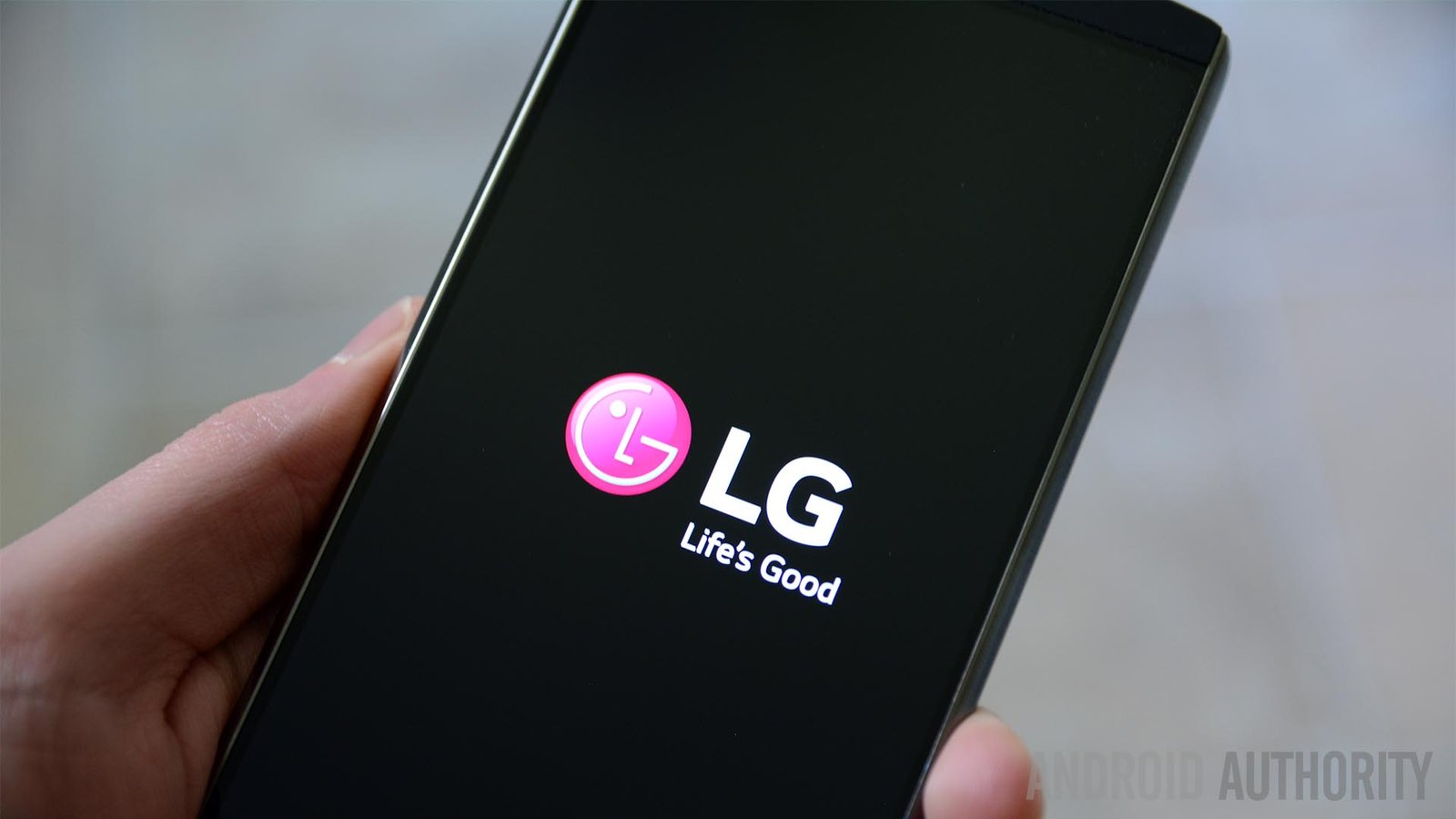
LG Electronics, a South Korean multinational conglomerate, has been a prominent player in the global technology industry for decades. While LG has made significant contributions across various sectors, including home appliances, televisions, and consumer electronics, its foray into the mobile phone market has left a lasting impact on the industry. In this exploration, we delve into the captivating story of LG Mobile, tracing its evolution, celebrating its achievements, and examining its enduring legacy in the world of smartphones.
Origins and Early Years:
LG’s journey in the mobile phone industry dates back to the early 2000s when it introduced its first GSM mobile phone, the LG B1200, in 2002. Despite facing stiff competition from established players such as Nokia, Motorola, and Samsung, LG quickly gained recognition for its innovative designs, user-friendly features, and competitive pricing.
Throughout the 2000s, LG continued to expand its portfolio of mobile phones, introducing a wide range of feature phones and multimedia devices that catered to diverse consumer preferences. From sleek flip phones to stylish sliders and compact candy bar phones, LG’s diverse lineup of mobile devices appealed to consumers across different demographics and regions.
Transition to Smartphones:
As the smartphone revolution began to take hold in the late 2000s, LG recognized the need to adapt and evolve its mobile phone strategy to stay competitive in the rapidly changing market. In 2009, LG introduced its first Android smartphone, the LG GW620, marking the beginning of its transition from feature phones to smartphones powered by Google’s popular operating system.
Subsequent years saw LG establish itself as a leading player in the Android smartphone market, with a series of innovative devices that pushed the boundaries of design, technology, and user experience. From the LG Optimus series to the flagship LG G and V series, LG’s smartphones garnered praise for their sleek designs, vibrant displays, powerful cameras, and cutting-edge features.
Innovative Features and Technologies:
One of the hallmarks of LG’s smartphones was their emphasis on innovation and differentiation in a crowded market. LG pioneered several industry-first features and technologies that set its devices apart from the competition. For example, the LG G2 introduced rear-mounted volume and power buttons for enhanced ergonomics, while the LG G3 was among the first smartphones to feature a Quad HD display.
Moreover, LG’s collaboration with Google on the Nexus series of smartphones showcased its commitment to delivering pure Android experiences with timely software updates and optimizations. The LG Nexus 4, Nexus 5, and Nexus 5X were lauded for their affordability, performance, and close integration with Google’s ecosystem of services and apps.
Challenges and Evolution:
Despite its early success in the smartphone market, LG faced challenges in maintaining momentum and profitability in the face of intense competition from rivals such as Samsung, Apple, and Chinese manufacturers. The company struggled to differentiate its smartphones in an increasingly homogenous market and faced criticism for its inconsistent software updates and customer service.
Moreover, LG’s attempts to innovate with modular smartphones, such as the LG G5 and LG V20, failed to resonate with consumers, leading to disappointing sales and financial losses. In 2021, LG announced its decision to exit the smartphone market and focus on other areas of its business, marking the end of an era for LG Mobile.
Legacy and Impact:
While LG Mobile may no longer be a prominent player in the smartphone market, its legacy lives on through its contributions to design, innovation, and technology. LG’s smartphones pushed the boundaries of what’s possible in terms of design, features, and user experience, inspiring other manufacturers to innovate and raise the bar for the industry as a whole.
Moreover, LG’s patents and technologies continue to influence the broader ecosystem of smartphones and consumer electronics, with innovations such as OLED displays, dual-camera setups, and advanced audio technologies shaping the future of mobile devices and multimedia experiences.
Conclusion:
In conclusion, LG Mobile’s journey is a testament to the dynamic and competitive nature of the smartphone industry. While the company faced challenges and setbacks along the way, its contributions to design, innovation, and technology have left an indelible mark on the industry and continue to shape the future of smartphones and consumer electronics. As we bid farewell to LG Mobile, we celebrate its legacy and look forward to the next chapter of innovation and evolution in the world of mobile technology.










